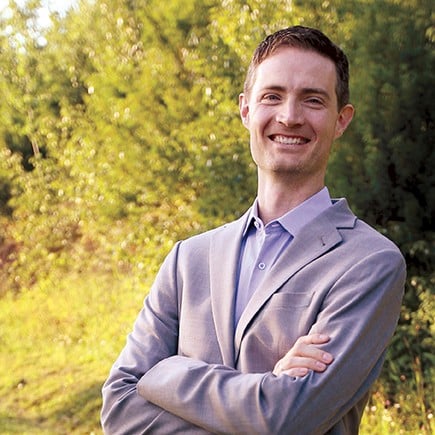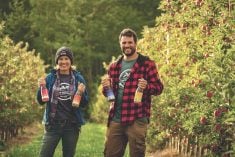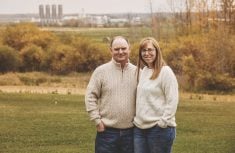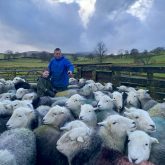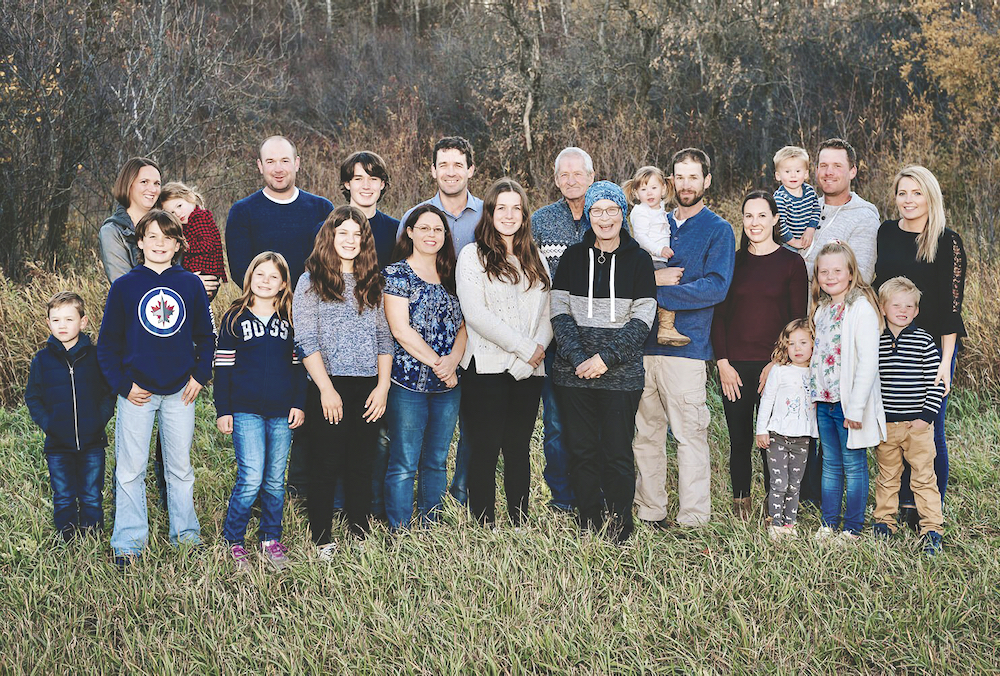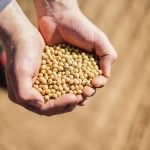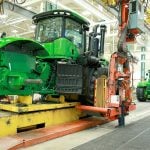Waldron Ranch is 65,000 acres of unbroken foothills wedged between the Porcupine and Whaleback Hills in Alberta’s eastern slopes, and it is one of Canada’s most important ecological sites.
These acres are a mixture of deeded, leased and forested areas. In the summertime the ranch is stocked with up to 8,000 cattle at a time. By season’s end, 13,000 will have grazed in its pastures.
At 261 square kilometres, the ranch takes a full 20 minutes to drive by at 110 km/h if you’re heading south towards the Crowsnest Pass.
Read Also
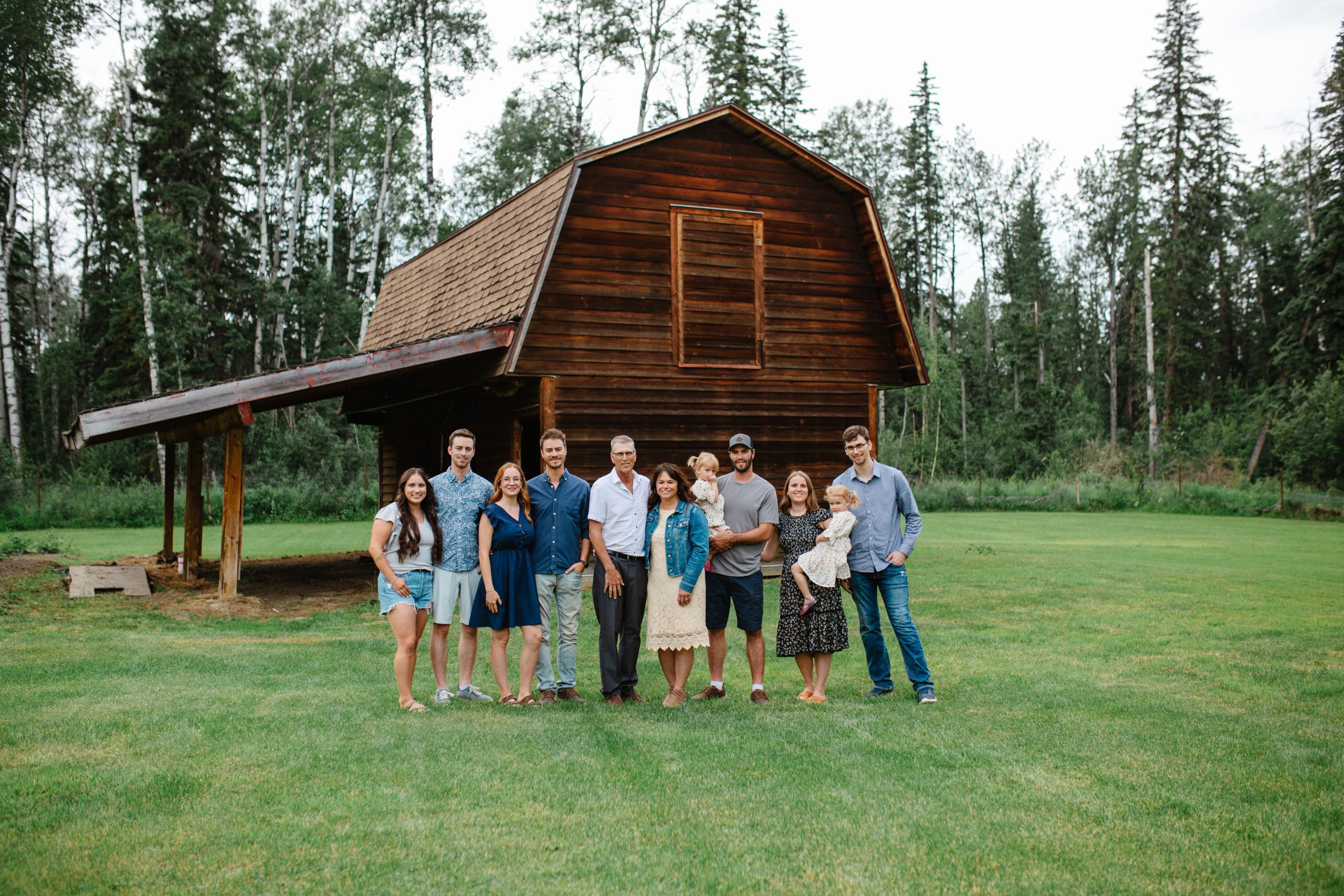
The farm transition trial
For anyone affected by cancer, they have likely heard the adage that “a person doesn’t get cancer, the family does.”…
Begun in 1962, this grazing co-operative was formed by 116 ranchers, including the storied Maurice and Harold King, who recognized the site’s potential. The farmers collectively purchased the land at a cost of $1 million; three producers had to personally guarantee the initial loan in case anything went awry. Thankfully, though, by 1972 the ranch was paid in full and now the land is estimated at more than $80 million.
The co-op, still in place today, now has evolved to about 70 members, with seven sitting on a rotating board of directors.
Their shareholder system has proven invaluable, says Mike Roberts, ranch manager. Here’s how it works. Today, everyone must still purchase five shares to be a Waldron member. One share is equal to 21 AUMs, or animal unit months. One share, which now costs $53,500, will give one producer one month of grazing for twenty-one 1,275-pound mother cows and 275-pound calves. Or the timeframe can be adjusted, and it could be five months for 4.4 pairs; it just depends on the producer’s need.
Some members own exactly five shares. The most owned by any individual is 80, with a total 1,183 shares floating around between members.
“They understand the business,” Roberts says. “It has evolved to try and make it fair and equitable to everybody, and economically viable … It’s not a showplace, it’s a working place.”
Only 40 of the shareholders bring their cows onto the land while the other 30 shareholders lease out their share’s value to others. “They kept their shares as an investment, others who inherited them, they recognize it as a good investment,” Roberts says of the closed system.
Officially, no cows are allowed on the land to graze in April or May to ensure the grass gets a good start. They can begin coming as early as June, but because the grass is still young, it costs them more of their share’s overall value.
“We penalize them by cutting their grazing capacity 50 per cent,” Roberts says. “June is a vital growing month … you have to make it fair and equitable.”
By contrast, grazing November is much less expensive and yields 1.4 times the shares’ original value. “We like to give the grass a good chance to grow in the growing season. We will graze it more in the dormant season once the grass is matured. It encourages people to come when it’s dormant.”
Cattle can graze to March 20 if the weather holds, and often it does if you look at it as ranchers do here. Chinooks routinely whip through the area. Winds this past year surpassed 180 km/h, blowing the winter snowpack so animals can continue to winter graze. This is also not a problem because the fescue grasses continue to hold their nutritional value. It tests anywhere between six and six-and-a-half per cent while barley straw is down around 4.2 per cent. “We can do it year-round if we are forced to,” Roberts says. “Cows can comfortably graze through a foot of fluffy snow.
“We get quite a bunch of cows after the first of November. To the rest of Canada that would be just unheard of, but for us it’s common.”
With elevation ranging between 4,300 and 5,500 feet above sea level, Roberts and co-op members face an extremely short growing season — anywhere from 60 to 90 days. In his 14 years, he’s seen frost as late as June 21 and as early as August 1, thankfully not in the same year.
Ranch rules are flexible and pasture conditions dictate grazing periods, which can see cows moved every third day or once to twice per week, depending on conditions. With 200 unique pastures on the ranch, there are plenty of options to give what’s best to the cows. Still, the determination of when and where to move a certain rancher’s animals are a calculated decision, according to Roberts.
“We graze them according to grass type, water availability, time of year. There’s lots of reasons that go into why and when and the type of livestock.”\
The ranch has also become as modern as it gets on sustainability practices and friendliness to the robust yet delicate ecosystem around it. Slowly but surely, staff have replaced quadruple-strand barbed-wire fence lines with single-strand electric. Friendlier for migrating animals, the fences are particularly well-received by elk and their young.
“It’s more of a problem when they have calves,” he says. “They have a hard time navigating fence for (the) first month or two. With single-strand, they just go under or over. Four-strand can be quite an obstacle.”
The new fence design is also smarter than before. Previously installed in straight lines for surveyed land blocks, the new fence may look haphazard, but as it undulates and bends across the sweeping terrain, it’s with a purpose.
“It kind of looks crazy because all around the country the fence is straight and the fence we put in wanders around according to the landscape to get the most out of it,” he explains.
This year, staff replaced 30 kilometres of fencing, but there’s still a long way to go. Of the ranch’s 800 kilometres of fencing, about 110 has been replaced, which is being done based on attrition.
Like most ranchers in the area, Waldron’s waterways are fenced off. There are five solar-powered pumps that power individual troughs, big enough to have 12 to 15 mother cows around at the same time. Every year, the ranch’s policy states it must spend a minimum of $25,000 on water development, but Roberts says in 2021 was closer to $80,000.
Because of the sensitive, untouched nature of the Waldron Ranch, it was approached by the non-profit Nature Conservancy of Canada in 2013 to keep the lands intact by purchasing easements on all 36,000 deeded acres to remain as is, with ranchers still able to utilize the grasslands. The Waldron and NCC worked together two years later to add lands belonging to the King (Bateman) Ranch, as well.
“Eventually we came to an agreement,” Roberts says. “The ranchers are like minded in the fact that they don’t want to see this broken up and built upon because not only would they lose their grazing resource, but they’d also lose their entire ecosystem.
“When you’re in this semi-arid high altitude, rejuvenation is very, very slow. The idea is don’t wreck it in the first place.”
Not one to shy away from work that needs to be done, Roberts continues to push hard and utilize the annual $700,000 budget to make the most economical, sensical decisions for the benefit of all shareholders.
“Either you’re sliding backwards or moving ahead. We’re moving ahead. We’re full speed ahead,” Roberts says. “If we see any opportunities, we are on it. The board is vibrant and nimble and I’m a pusher.”
The stunning vistas and calendar-esque beauty shouldn’t fool anyone. This is a working ranch on the cutting edge of grasslands management.
“We live in this landscape, it’s not like we visit it for recreation. We have to make a living here,” he says. “We are sometimes painted as the villain by the people who are environmentally minded … it’s not actually the case.”

